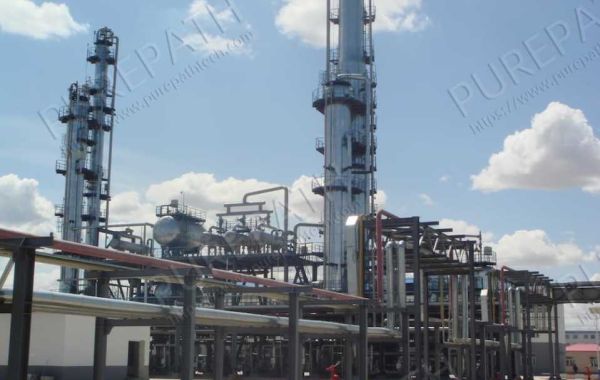Integrating hydrotreating units within petrochemical complexes offers significant advantages, including improved efficiency, cost savings, and reduced environmental impact.
Why Integrate Hydrotreating with Petrochemical Complexes?
Optimized Feedstock Quality
Hydrotreating ensures that feedstocks such as naphtha, gas oil, and liquefied petroleum gas (LPG) meet stringent purity requirements before entering petrochemical processes like steam cracking or catalytic reforming. Cleaner feedstocks improve catalyst life and product yields.
Cost and Energy Efficiency
By co-locating hydrotreating units within petrochemical plants, companies can reduce transportation costs and energy consumption. Shared utilities, hydrogen networks, and heat integration between units enhance overall process economics.
Flexibility in Product Slate
Integrated complexes can switch between fuel and petrochemical production based on market demand. Hydrotreated streams can be directed toward high-value chemicals like benzene, toluene, and xylene (BTX) or cleaner transportation fuels.
Environmental Benefits
Hydrotreating reduces sulfur and nitrogen emissions, helping refineries and petrochemical plants comply with environmental regulations. Integration allows for better waste stream management, including sulfur recovery and hydrogen recycling.
Key Integration Strategies
Hydrogen Network Optimization: Petrochemical complexes often produce hydrogen as a byproduct, which can be utilized in hydrotreating units, reducing dependency on external hydrogen sources.
Heat Integration: Waste heat from hydrotreating can be repurposed for other processes, improving energy efficiency.
Modular and Flexible Designs: Advanced hydrotreating catalysts and reactor designs allow for processing diverse feedstocks, adapting to changing market needs.
Future Outlook
As the petrochemical industry shifts toward sustainability, integrating hydrotreating with petrochemical complexes will play a crucial role in enabling circular economy practices. Future advancements may include coupling hydrotreating with carbon capture and utilization (CCU) and using renewable hydrogen to further reduce carbon footprints.
Conclusion
The integration of hydrotreating within petrochemical complexes enhances operational efficiency, reduces costs, and supports cleaner production. As demand for high-quality petrochemicals grows, this synergy will be vital for a sustainable and competitive industry.








